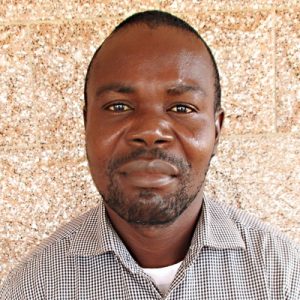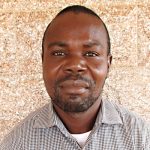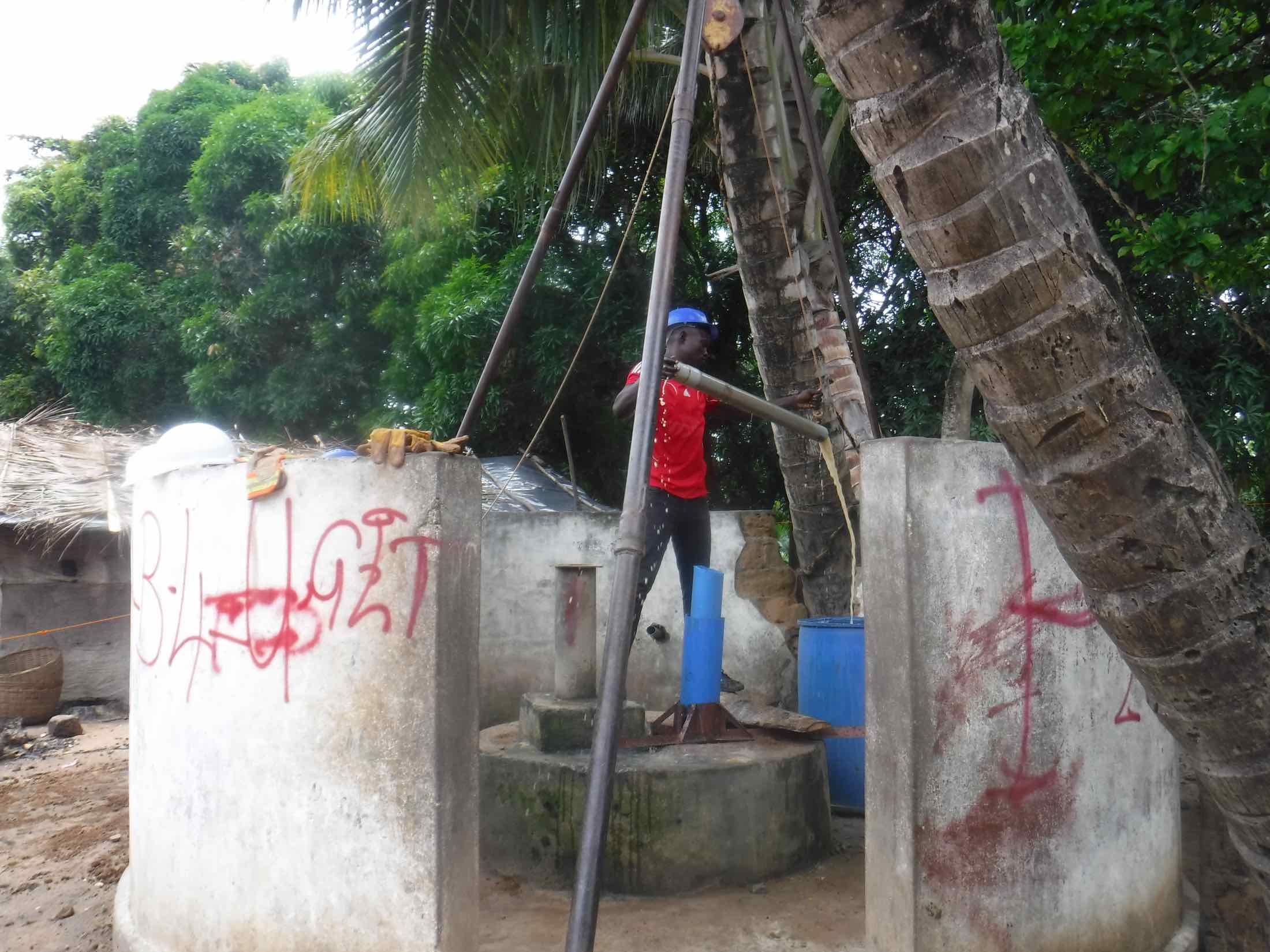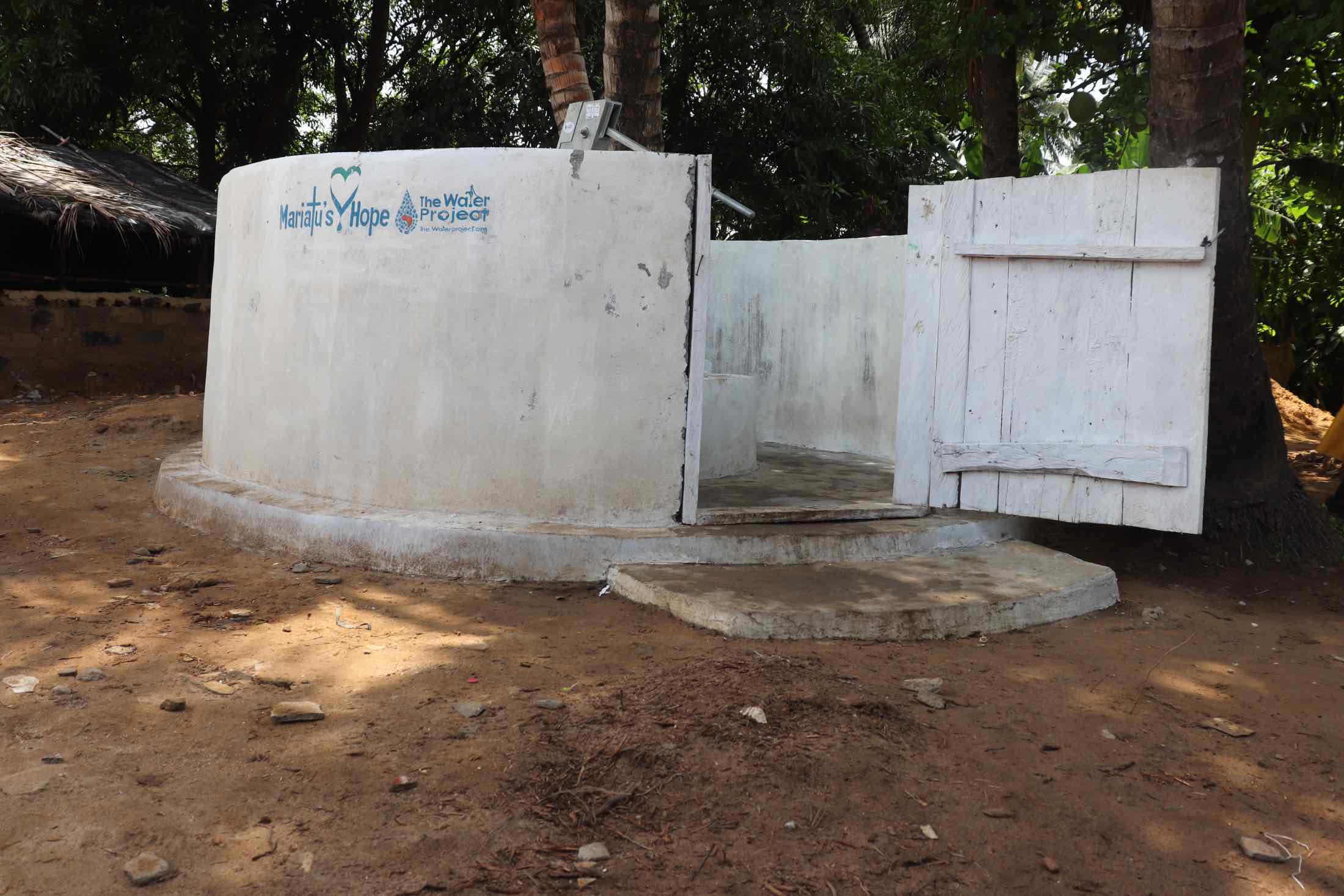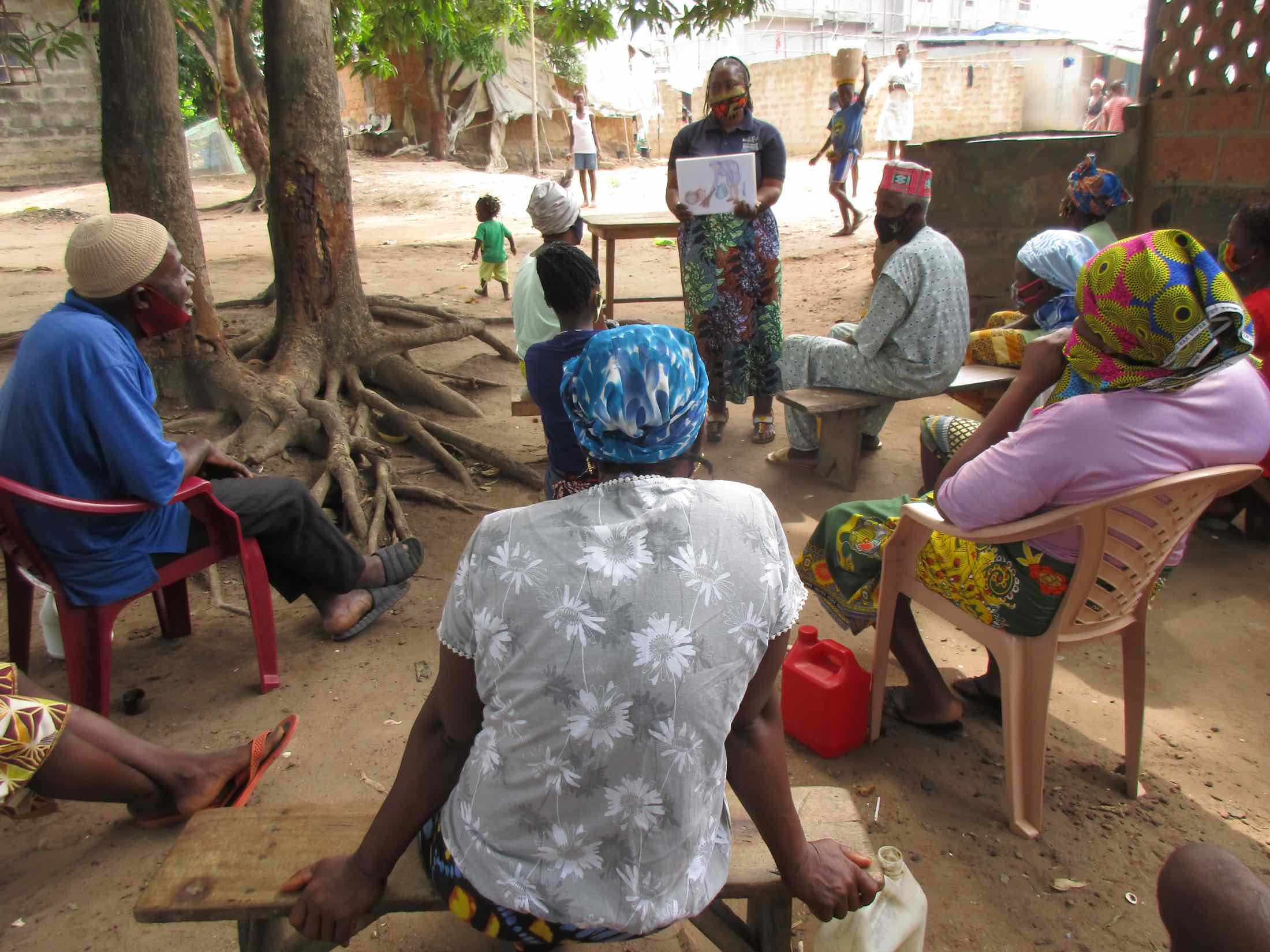For years, the Tagrin community was synonymous with cholera and diarrhea. During the cholera epidemic of 2012, this community was the worst hit with numerous people losing their lives.
The most common livelihoods in the community are fishing, gardening, taxi driving, petty trading, and sand mining. Fishing is the predominant source of income for people here. The young boys are trained on the methods and types of fishing from a very young age. The population keeps growing here, but there are not enough reliable sources of water.
The community has a lot of shallow and open unprotected hand-dug wells which they use most of the time as a source of drinking water. After the intervention of our organization and the rehabilitation of some hand-dug wells, the number of reported cases of waterborne illnesses has greatly reduced, but there are still gaps that need to be filled.
There is only one protected hand-dug well for the 480 people living in the King Street section of Tagrin that is chlorinated and maintained.
"I was born and raised in this community and have been blessed to have survived the outbreak of cholera, Ebola, and now Coronavirus. Before the well was rehabilitated in 2014, several people lost their lives in this community," shared Papani Kargbo, a local fisherman.
"The increasing population has caused the main well to become overly crowded."
During the dry months, the problem of crowding gets worse. Climate change has caused a drop in the local water table, leading to issues with hand-dug wells in this community. The King Street well struggles to provide enough water during the dry season - especially when other wells in the community dry up. The extra pressure leaves it prone to breakdowns during this time of the year, which then forces some people to seek out alternative water sources that are usually unsafe for drinking.
Here’s what we’re going to do about it:
Well Rehabilitation
The well marked for this overhaul needs major work to supply adequate, clean water to the community year-round. We will remove the pump, and a hand auger will be lowered inside and powered by a drill team. This hand auger will allow the team to drill several meters deeper to hit a sufficient water column to ensure the well supplies water throughout all seasons.
As the team drills, the casing will be installed, transforming the bottom of this hand-dug well into a borehole. PVC piping will connect this lower system directly to the pump, a construction that we know will also improve the quality of water. Once this plan is implemented, everyone within the community will have access to safe drinking water in quality and quantity, even through the dry months.
Hygiene and Sanitation Training
Our team will offer hygiene and sanitation training sessions for three days in a row. After our visit, the hygiene and sanitation trainer decided it would be best to teach community members how to build a tippy tap (a hand-washing station built with a jerrycan, string, and sticks). They will use these tippy taps for handwashing demonstrations and will also teach about other tools like dish racks and the importance of properly penning in animals.
This training will also strengthen the water user committee that manages and maintains this well. They enforce proper behavior and report to us whenever they need our help solving a serious problem, like a pump breakdown.

 Borehole Well and Hand Pump
Borehole Well and Hand Pump









